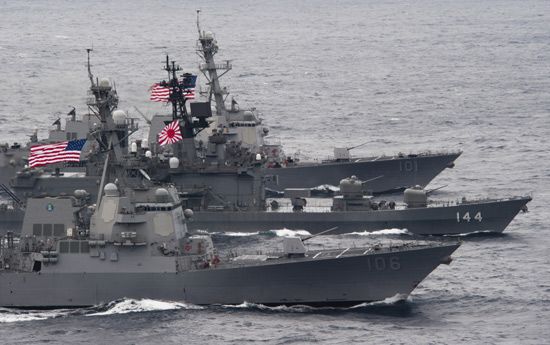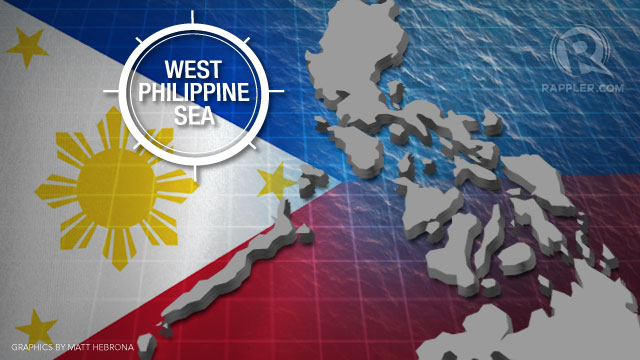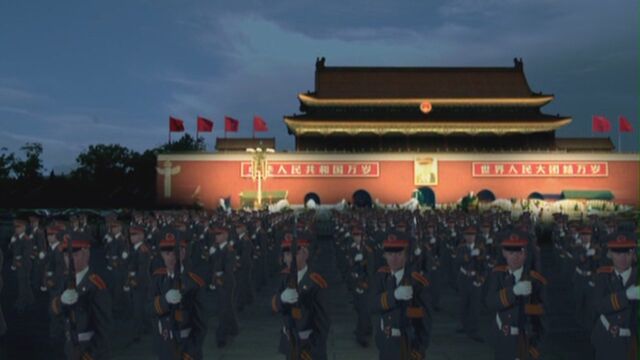
What China will do is test the waters and see how far can go intimidating other claimants, Richard Jacobson, operations director of Pacific Strategies and Assessments, told a forum in Makati City organized by the Foreign Correspondents Association of the Philippines.
Pacific Strategies is a business risk consultancy focusing on Asia, with offices in Hong Kong, Manila, Shanghai, Beijing, Bangkok, Milwaukee and Sydney.
“It appears doubtful that China has any intention to go to war for the South China Sea territorial claims,” the analyst noted. “Nevertheless it can be expected of Beijing to test the waters and in many ways see how far they can intimidate other claimants,” Jacobson added.
Apart from China – which claims the whole of South China Sea or West Philippine Sea – and the Philippines, other countries with claiming territorial ownership over the Spratlys are Vietnam, Taiwan, Malaysia, and Brunei.
The area is believed to be rich in oil and gas resources.
Jacobson said China also exploited the differences among members of the Association of Southeast Asian Nations. As a regional bloc, ASEAN has been proven ineffective in reducing tensions over the disputes especially with China – the world's second largest economy after the United States.
In last year's ASEAN Summit in Phnom Penh, the regional block failed to issue a joint communique for the first time in its over 40-year history because of the resistance by Cambodia – a close ally of China and last year's ASEAN chairman – toward the inclusion in writing of the escalating tensions between China and the Philippines and Vietnam.
The Philippines and other claimants want to involve ASEAN and United Nations in resolving the disputes, but China insists on bilateral talks with individual claimant counties.
The new ASEAN chairman, Brunei, and new ASEAN Secretary General, Vietnam's Le Luong Minh, vowed to pursue a binding code of conduct among countries with competing claims over South China Sea.
Vietnam and the Philippines have been issuing diplomatic protests against China's incursions into the disputed territories. As part of the protest, Vietnam and the Philippines have refused to stamp China's new passport which features a map of Beijing's claim to almost all of South China Sea.-GMA News (January 17, 2013 8:25PM)



















